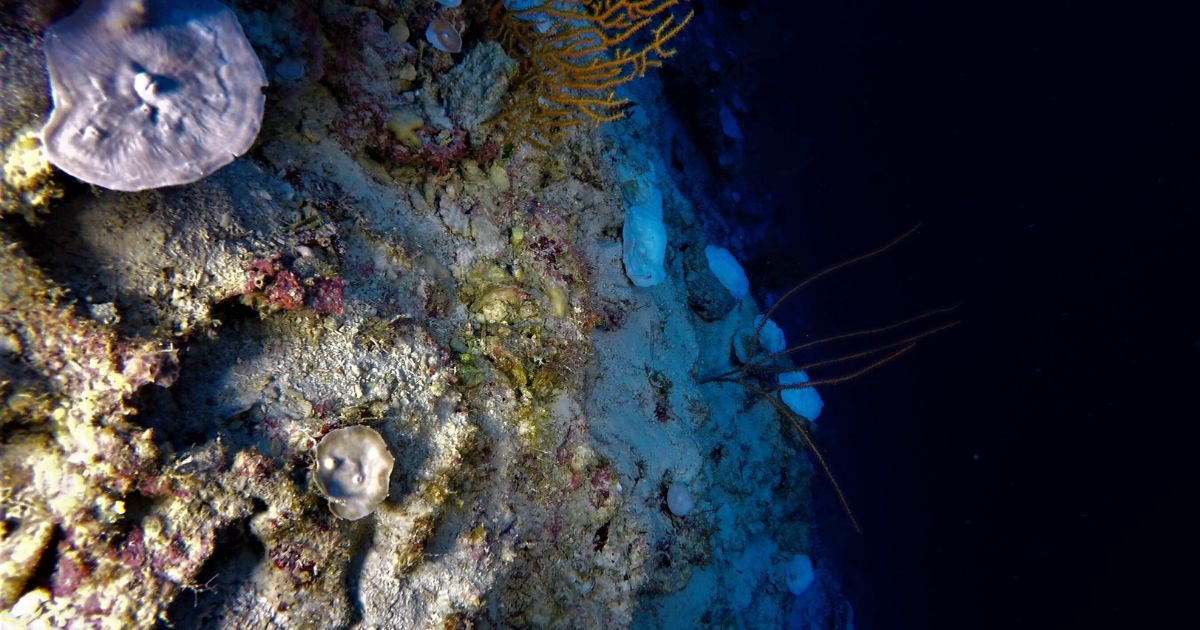Scientists have discovered the deepest known evidence of coral reef bleaching, more than 90 meters below the surface of the Indian Ocean.
The damage—attributed to a 30% rise in sea temperatures caused by the Indian Ocean dipole—harmed up to 80% of the reefs in certain parts of the seabed, at depths previously thought to be resilient to ocean warming.
However, scientists say it serves as a stark warning of the harm caused in our ocean by rising ocean temperatures, and also of the hidden damage being caused throughout the natural world as a result of climate change.
The findings, highlighted in a study published in Nature Communications, were discovered by researchers from the University of Plymouth.
Researchers from the University have been studying the Central Indian Ocean for well over a decade, with their work supported by the Garfield Weston Foundation and the Bertarelli Foundation.
On their research cruises, they use a combination of in situ monitoring, underwater robots, and satellite-generated oceanographic data to understand more about the region’s unique oceanography and the life it supports.
The first evidence of the coral damage was observed during a research cruise in November 2019, during which scientists were using remotely operated underwater vehicles equipped with cameras to monitor the coral health below the ocean surface.
Images from the underwater cameras were being transmitted live onto the research vessel and gave the research team its first glimpse of the corals that had been bleached.
Conversely, at the same time as the deeper reefs were bleaching, they observed shallow water reefs exhibiting no sign of harm.
Over the subsequent months, the researchers assessed a range of other data collected during the research cruise and information from satellites monitoring the ocean conditions and temperatures.
It highlighted that while temperatures on the ocean surface had barely changed during the period, temperatures beneath the surface had climbed from 22°C to 29°C due to the thermocline deepening across the equatorial Indian Ocean.



